Dew Point in Buildings
The winter – that time of year when condensation inside your roof will start to form, the lack of ventilation, insulation and movement of warm moist air from inside the building can all be part of the equation.
Have you ever wondered where the moister on a cold bottle of wine or a bear from the fridge comes from? Its the moister in the air condensing on the side. When the containers warm up, this stops happening. Not no good if you want a cold drink, imagine having a magical container that keeps itself cold forever fantastic however the condensation will drip off the bottom and make a puddle as long as the relative humidity is high.
The Importance of Ventilation
Now think about your roof, outside is cold (like the container). Inside has heated air, that can hold moisture. If your insulation or ventilation between the internal and external parts of your roof is not correct, water can condense and drip down onto your ceiling.
Not good, attention to detail, when installing new roofs flat or pitched, is paramount now that we heat our housed and insulate to the today’s standards.
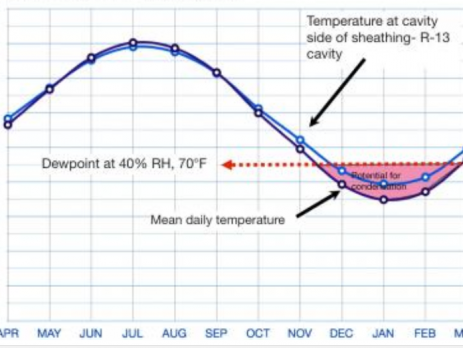
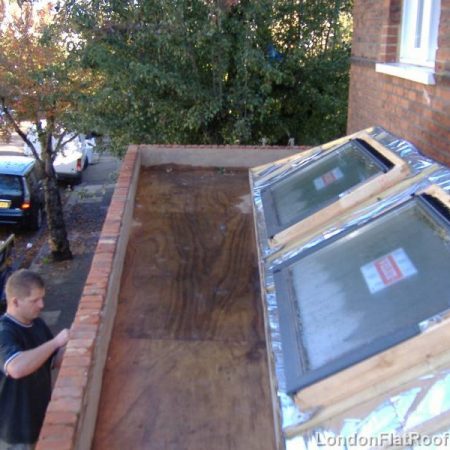
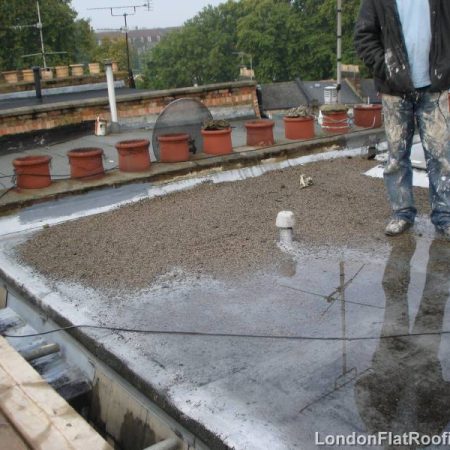


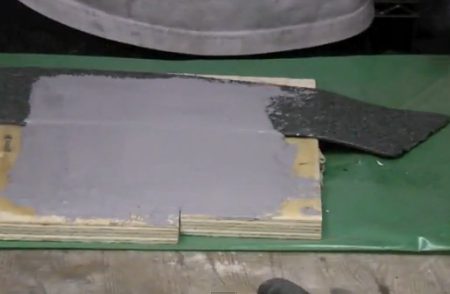
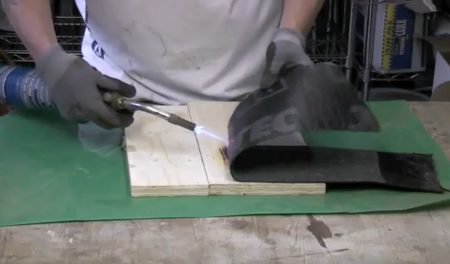
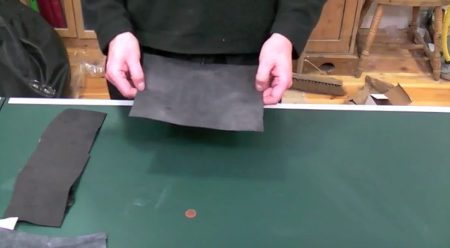
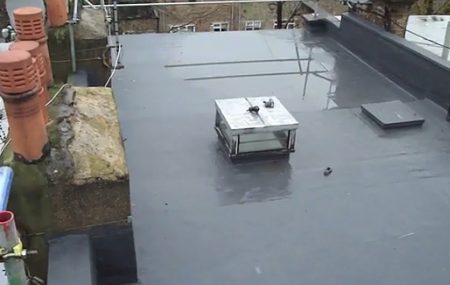

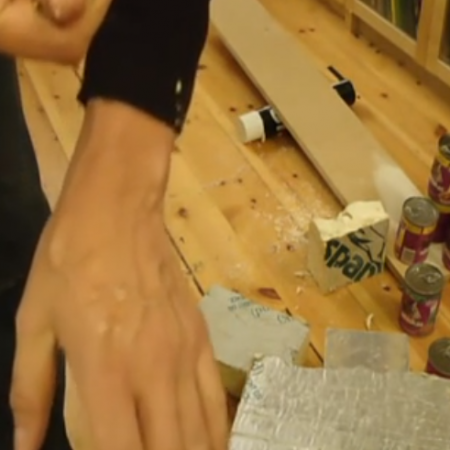
Comments (3)
Hello Steven problem with warm flat roof condensation on ply underside of rubber roof . build up as on per plans are 50 mm drylining board 200mm earth wool inbetween 9 by 2 joists 10mm ply on top vapour control layer on top 100mm Quinn therm 3/4ply on top and rubber on top .interstitial condensation occurring on inside how do we move it to outside roof . Architect Does want to no. thanks
Now that’s an interesting build-up firstly it doesn’t appear to be a true warm roof or a true cold roof? And the position you are put in the vapour barrier is in the middle of the installation! So I really don’t know what’s going on if it’s already built do you have a problem. You need to introduce a vapour barrier on the warm side of all of this now the warm side is just above the plasterboard that vapour barrier needs to be an air vapour barrier the movement of air in any roof is not good as it carries moisture with the air. In fact, there is more moisture moving into the roof through small holes then they will be getting through the vapour barrier after all the vapour barrier is only a barrier and not a vapour stop. Now all this moisture getting up into the installation needs to be vented out and this is done using cross ventilation just under the roof decking in a cold roof. You seem to have a problem because you’ve got a cold roof and a warm roof realistically I would need to see some kind of drawings to make sure I understand the situation correctly if you would like to send me privately some drawings just email them to me speak soon
I have a concrete roof which is “sweating” internally and causing mould issues. I believe the slab with some deteriorated asphalt is all of the existing roof build up.
Can you advise on a roof build up solution (less invasive as possible) which will solve this issue?